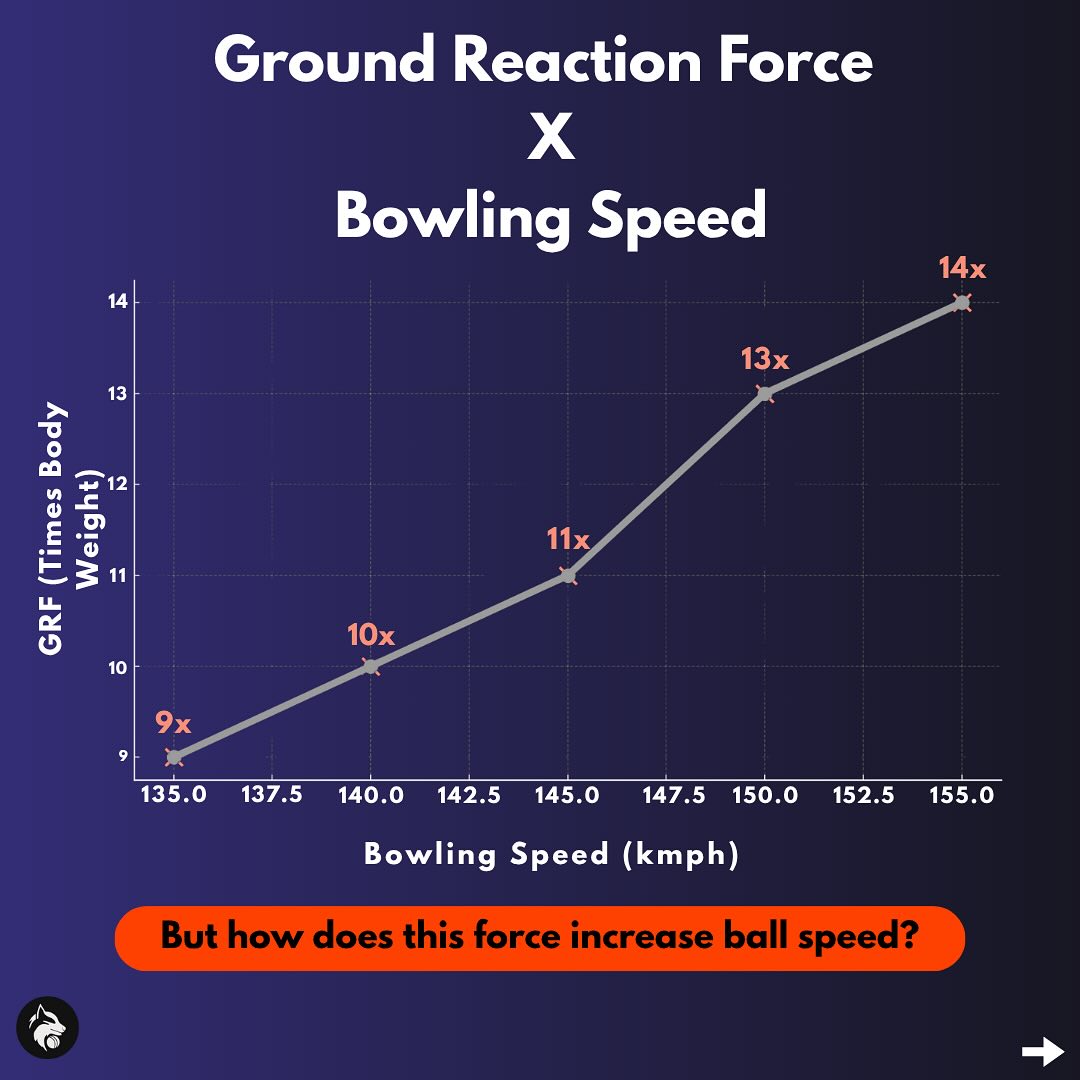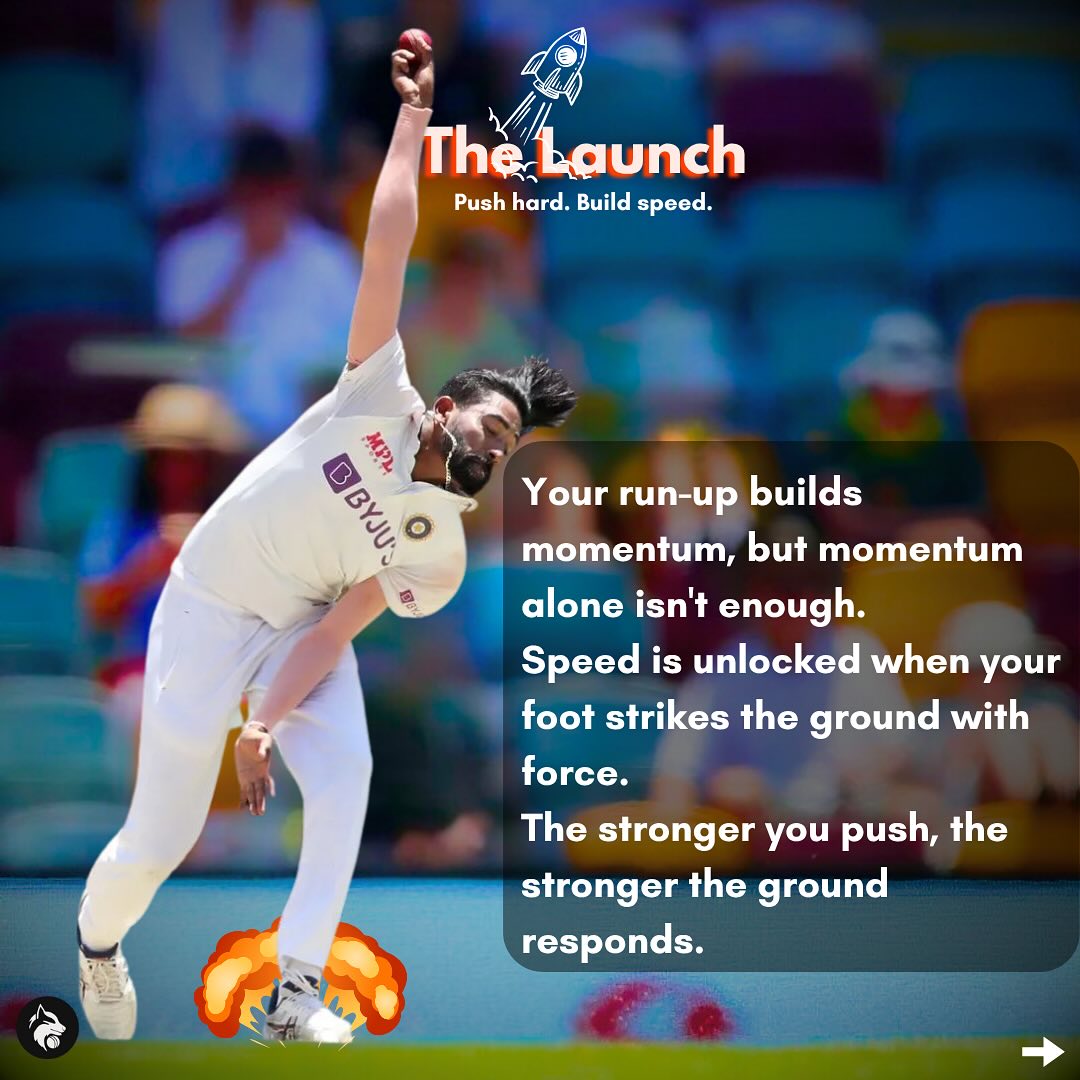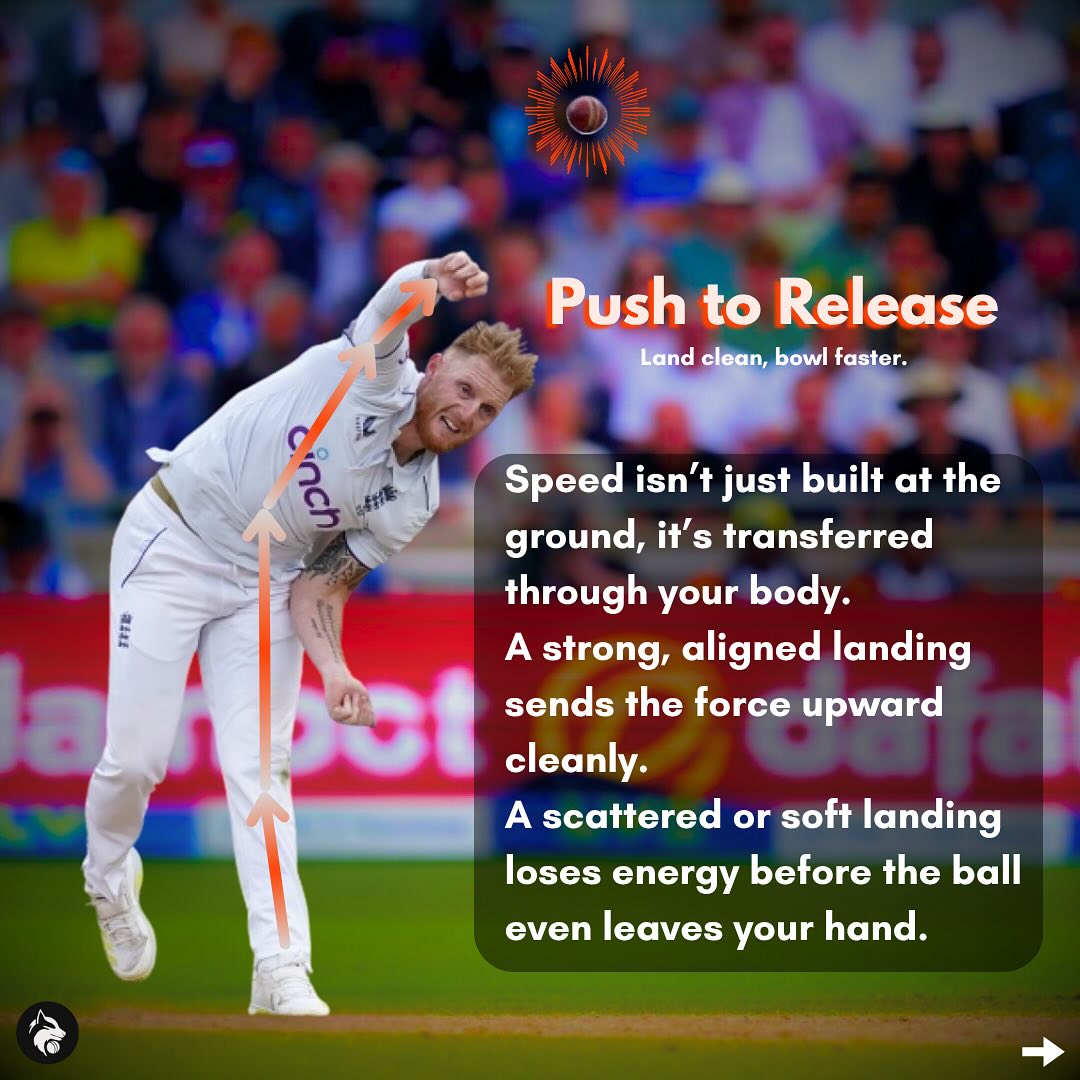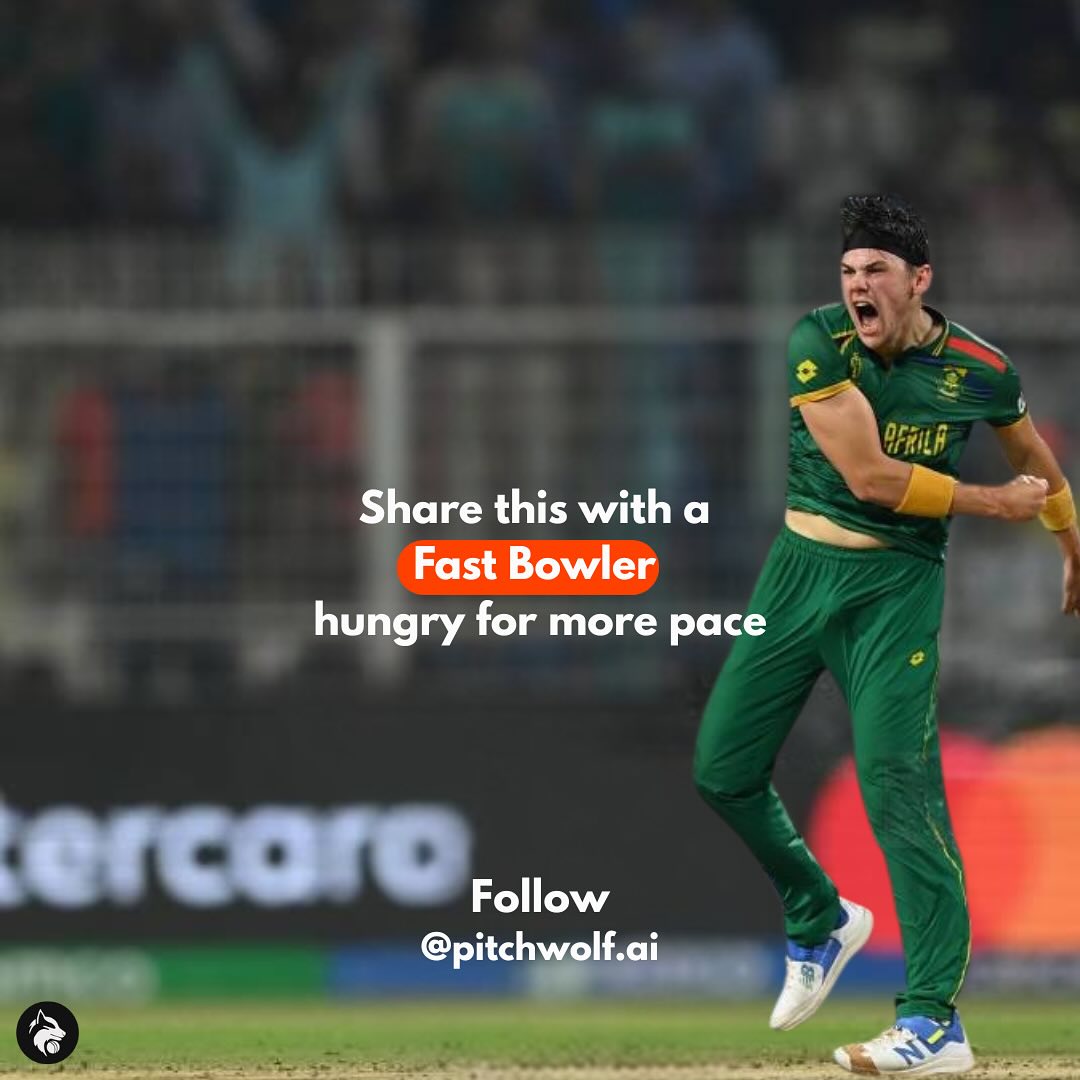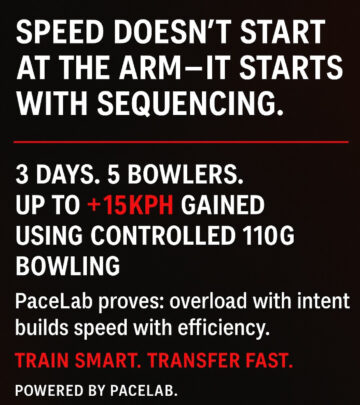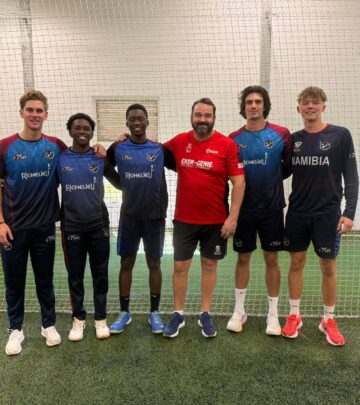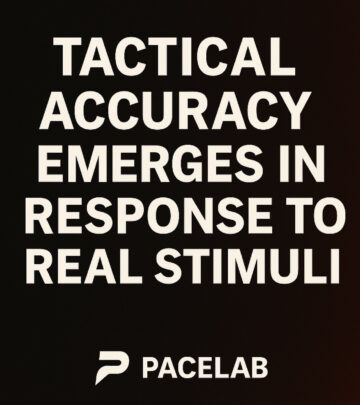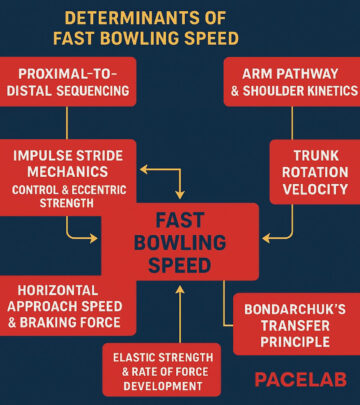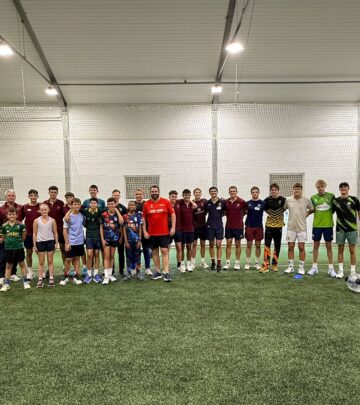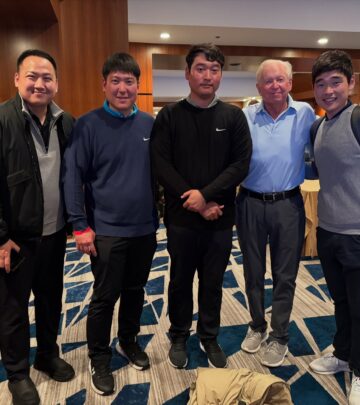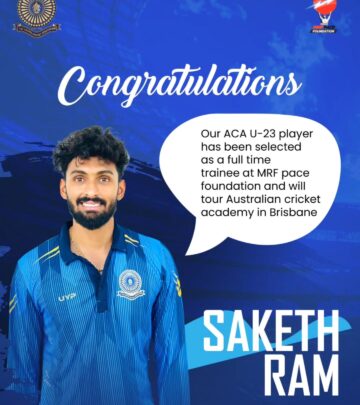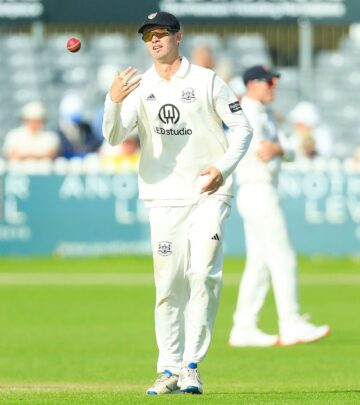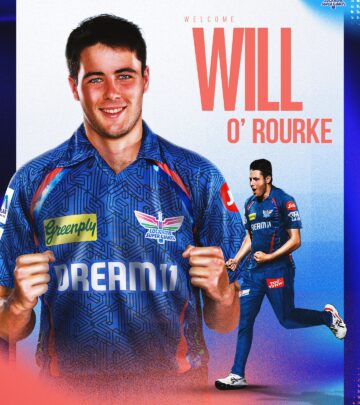Ground Force Fuels Fast Bowling Speed
Unlocking pace secrets with biomechanics and targeted push techniques from training labs.
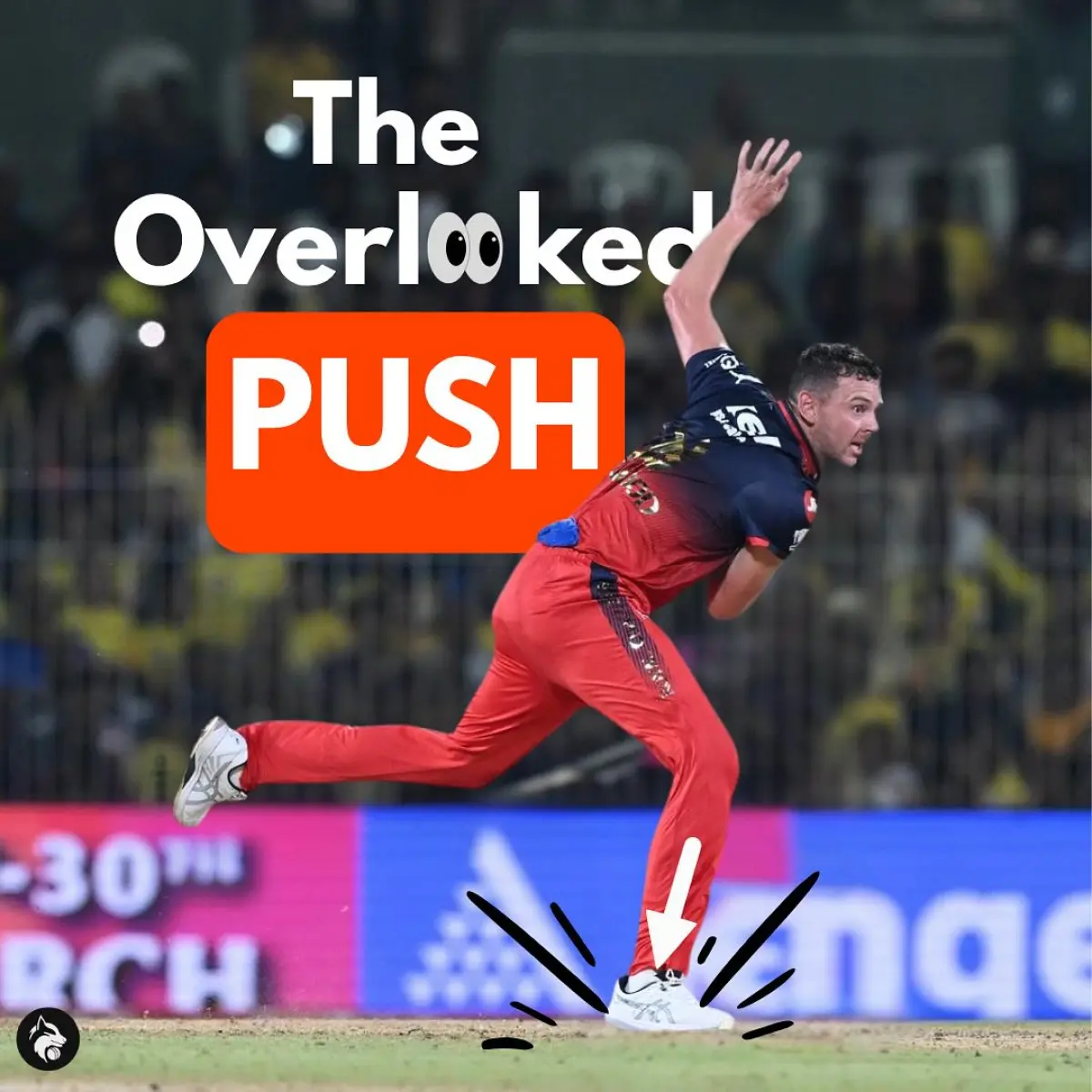
Image: Instagram
In a recent demonstration of biomechanical precision, renowned fast bowling coach Steffan Jones has shed light on how speed is not something that magically occurs in the air, but is instead generated from the ground. Emphasizing his signature message—“Speed isn’t built in the air, it’s built at the ground”—Jones explains that the secret to fast bowling lies in the push from the pitch and the brace of the body. His insights, shared via PaceLab and highlighted across multiple Instagram posts, reveal the vital role of ground reaction force in generating pace, holding momentum, and transferring speed.
Ground Reaction Mechanics In Focus
A key principle outlined by Jones is that the ground reaction force (GRF) is the cornerstone of fast bowling velocity. By harnessing the push generated at foot contact with the ground, bowlers can effectively store and release the energy needed for explosive speed. Through targeted drills and biomechanical training at PaceLab, athletes learn to optimize their body’s kinetic chain—transferring energy from the feet to the trunk, and then through the shoulder and arms. An image recently shared on Instagram illustrates this concept clearly, showing dynamic footwork and a focused posture that are essential for maximizing GRF. This visual, alongside Jones’ detailed explanation, reinforces that when the push or the brace is overlooked, so too is the pace that can be achieved.
Pacelab’s Training Approach
Jones, whose career has been punctuated by innovative coaching techniques, is not shy about using data-driven insights to shape training regimens. He reminds us that what really matters in the delivery stride is not just raw power but the way momentum is built and transferred efficiently. The PaceLab approach integrates various technical attractors—from impulse stride mechanics to trunk alignment—ensuring that each phase of the bowling action contributes effectively to the final ball speed. One of his Instagram captions reads, “The more ground reaction force you generate, the faster you bowl! That’s the post.” This straightforward claim underpins his broader teaching: that speed is fundamentally a product of precise, coordinated movement starting at the ground level.
The Push And The Brace: Unlocking Optimal Pace
At the heart of Jones’ training philosophy is a simple yet profound question: what is missing in a bowler’s action—the push or the brace? Through his sessions at PaceLab, he demonstrates that every element, from the initial run-up to the final delivery, is interconnected. The push, or the explosive contact with the ground, builds the necessary momentum, while the brace—the controlled data of body mechanics during foot strike—ensures that energy is conserved and directed optimally. His methodical approach is captured in various Instagram posts, which show athletes in mid-action, training drills that emphasize both forceful push and effective stabilization. These images serve as both an educational tool and a visual testament to the importance of each phase in producing true bowling speed.
Integrating Biomechanics With Modern Coaching
Drawing on nearly two decades of experience, Jones bridges the gap between traditional coaching wisdom and modern biomechanical analysis. In one memorable Instagram post, he remarks on the importance of generating ground reaction force without losing alignment or energy transfer—a concept that modern biomechanics has validated. References to pace metrics, derivatives of GRF, and associated training regimes are all part of the evolving narrative that Jones champions. He has been instrumental in teaching that training sessions must prioritize stabilizing the trunk and aligning the body from the foot upward. The message is clear: bowlers must “bowl smart” by reinforcing the foundational elements of their action rather than simply chasing an over-simplified notion of perfect technique.
Visualizing Success And Future Directions
The recent Instagram images accompanying Jones’ posts capture not only the high-intensity training but also the meticulous attention to detail that defines his coaching style. In one particularly striking photo, a bowler is caught mid-action, emphasizing the critical moment when ground force is harnessed before its energy is transferred up the kinetic chain. This snapshot of athletic determination is emblematic of PaceLab’s overall philosophy: speed is a complex system, built from intentionally designed push and brace segments. The images, full of motion and focus, underscore that every millisecond at the point of contact counts toward a bowler’s success.
Reinforcing this point, Jones also integrates feedback loops into his training, drawing on biomechanical data to fine-tune techniques. His method helps athletes not only improve their ball speed but also reduce the risk of injury by optimizing the entire kinetic sequence. By focusing on these principles, both established and emerging bowlers can explore untapped potential—ensuring that every delivery is powered from the ground up.
Ultimately, Steffan Jones’ latest insights highlight a crucial, often-overlooked element of fast bowling: the ground itself is the unseen architect of pace. His approach, combining rigorous science with practical coaching, continues to inspire bowlers to redefine their limits and ultimately transform the way speed is built, maintained, and transferred on the field.
Read full bio of Joyce



